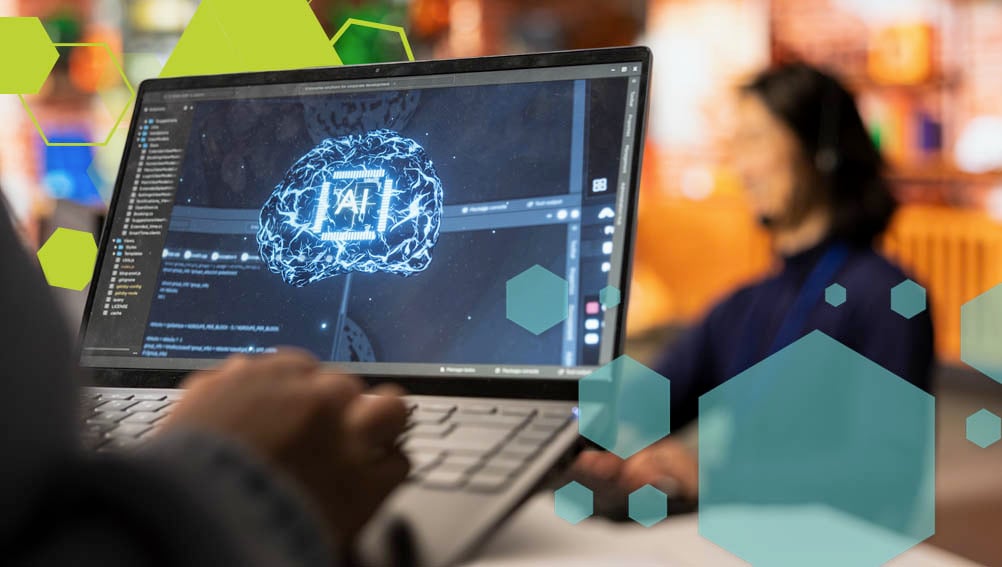Artificial intelligence is reshaping talent acquisition, offering speed, scale, and efficiency that traditional recruiting methods simply can’t match. One of the most common applications is AI-driven candidate screening, where algorithms scan resumes, profiles, and applications to identify the best-fit talent.
But as powerful as AI can be, it’s not foolproof. Without the right oversight and implementation, screening tools can create more problems than they solve. From filtering out qualified candidates to creating biased outcomes, the risks are real.
Where AI Screening Can Go Wrong
Unintentional Bias
AI is designed to be objective, but if the data it learns from contains bias, the system can unintentionally perpetuate it. This can reduce diversity within your talent pipeline and undermine your efforts to promote equity and inclusion. Over time, these biases can limit innovation and even expose organizations to reputational or compliance risks if left unchecked.
Privacy and Data Security Risks
AI screening tools require access to large volumes of sensitive candidate data. Without proper safeguards, that information can be mishandled or exposed, putting both organizations and applicants at risk. Data privacy regulations make it essential to ensure compliance and protection at every step.
Filtering Out the Wrong Candidates
AI tools are only as good as the criteria on which they’re trained. Poorly calibrated screening systems can mistakenly eliminate great candidates who don’t “fit the mold” of past hires. For example, a candidate who switched industries, took a career break, or developed unconventional skills may be flagged as “unqualified” by AI, even if they have the potential to excel in the role. Human review is crucial to ensure that AI recommendations are interpreted in context and that no high-potential candidate is overlooked.
Over-Reliance on Keywords
Many AI screening systems lean heavily on keyword matching. This can reward candidates who know how to “game the system” rather than those with genuine capabilities, while punishing applicants who describe their skills differently.
Implementation Challenges
Even the most advanced AI tool is only as effective as the people who configure and manage it. If recruiters don’t properly set parameters, maintain training data, or review AI-driven decisions, the system’s value diminishes. Successful AI adoption hinges on the right human oversight, not just the technology itself.
How to Safely Leverage AI Screening
AI screening can transform hiring efficiency when humans stay in control and candidate data is protected. Here’s how organizations maximize results while maintaining fairness, accuracy, and a strong candidate experience:
Validate AI Recommendations with Human Review:
Treat AI outputs as insights, not decisions. Recruiters review flagged candidates, assess context, and consider skills or experiences that algorithms may overlook to ensure high-quality hires.
Continuously Refine Criteria:
Regularly update AI scoring models and screening criteria to reflect evolving job requirements, market conditions, and diversity goals.
Prioritize Candidate Experience:
Oversight ensures that AI-driven interactions are timely, professional, and aligned with your employer brand, thereby reducing drop-offs and enhancing engagement.
Maintain Data Security and Compliance:
Monitor data handling practices to ensure compliance with regulations and protect sensitive information at every step.
Measure and Optimize Outcomes:
Track key metrics, including candidate progression, diversity, and time-to-fill. Utilize this data to refine both AI algorithms and human processes, thereby enhancing the overall effectiveness of your screening program.



